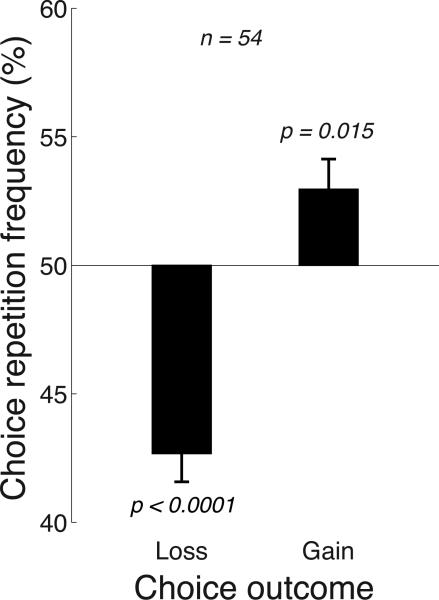Fig. 2. The effect of an outcome on subsequent choice.
Mean±s.e.m. proportion of trials in which subjects repeated their previous choice given the outcome of that previous choice (a gain or a loss). If there was no effect of the outcome, subjects would be expected to repeat each choice in 50% of cases because the polarity of the stimulus was random in each trial (horizontal line). Instead, following a gain, subjects showed a significant tendency to repeat their previous choice; following a loss, subjects tended to avoid the same choice. The p values give the significance of the test that a mean significantly differs from 50% (two-sided t-test, n = 54).

